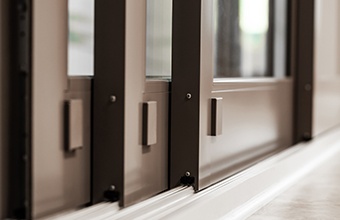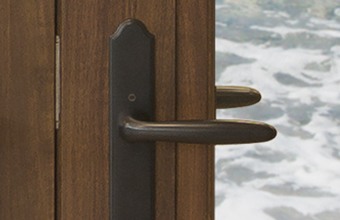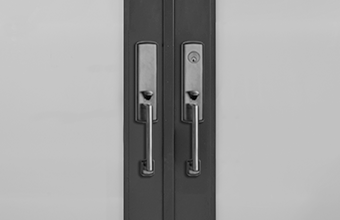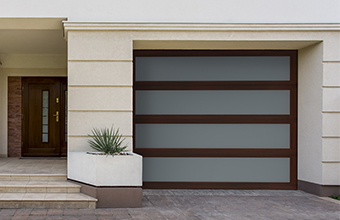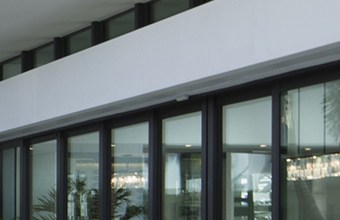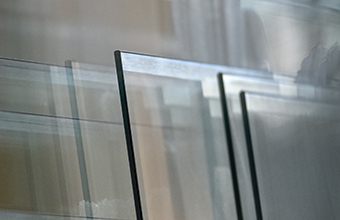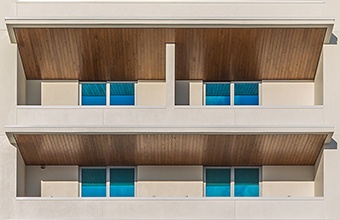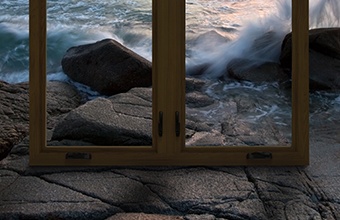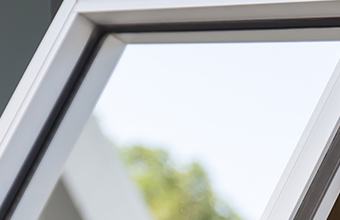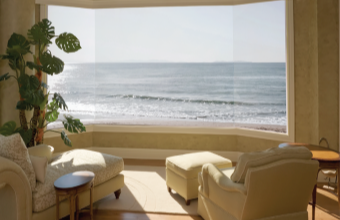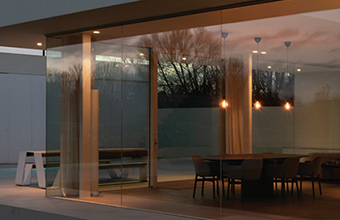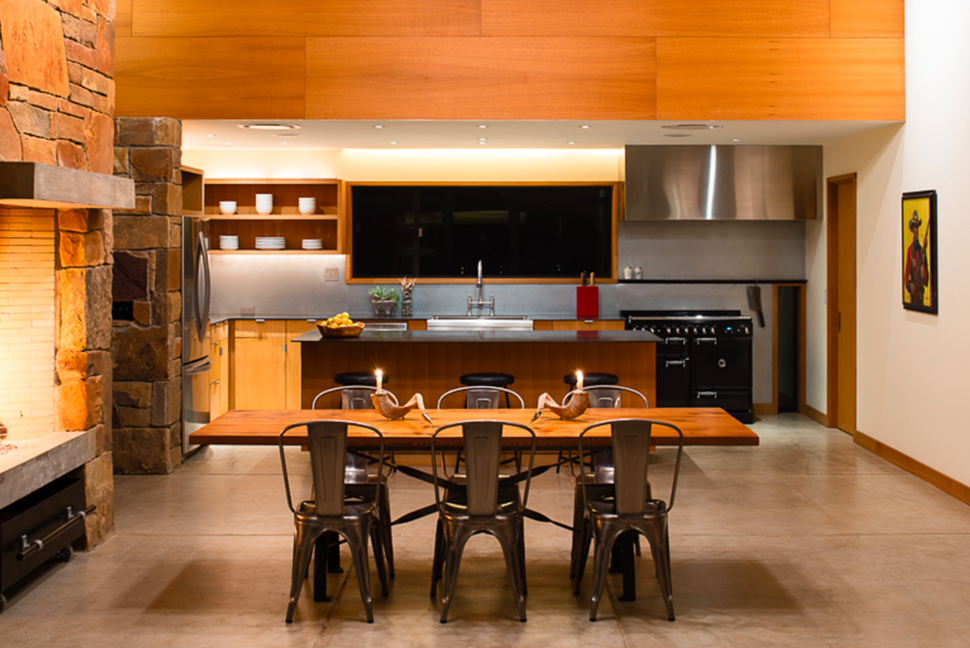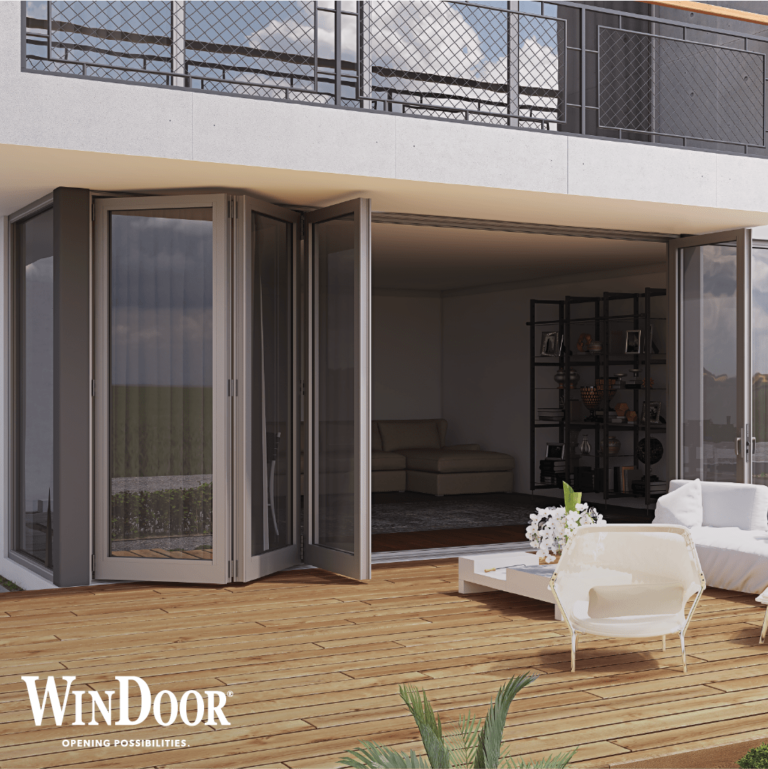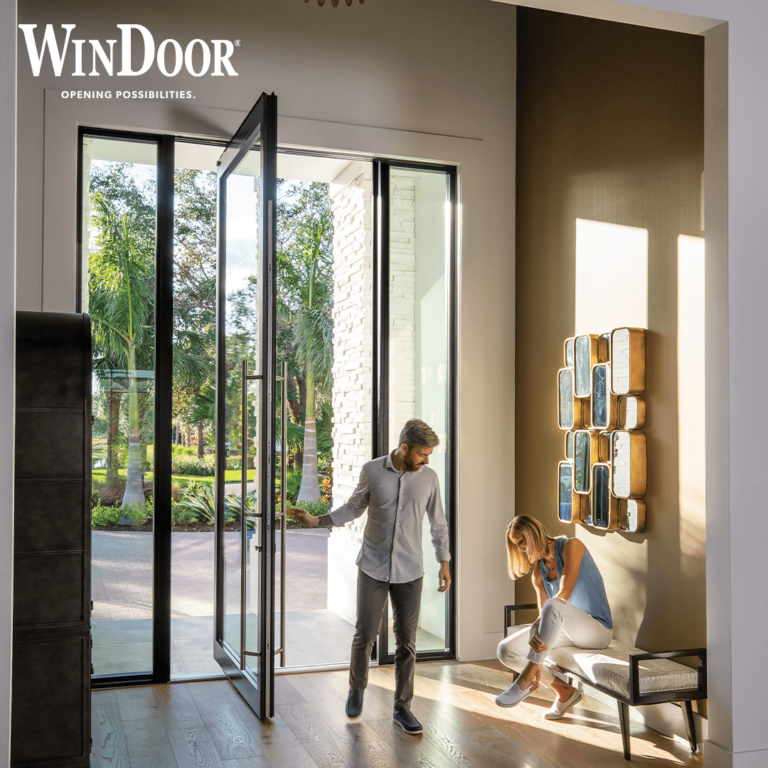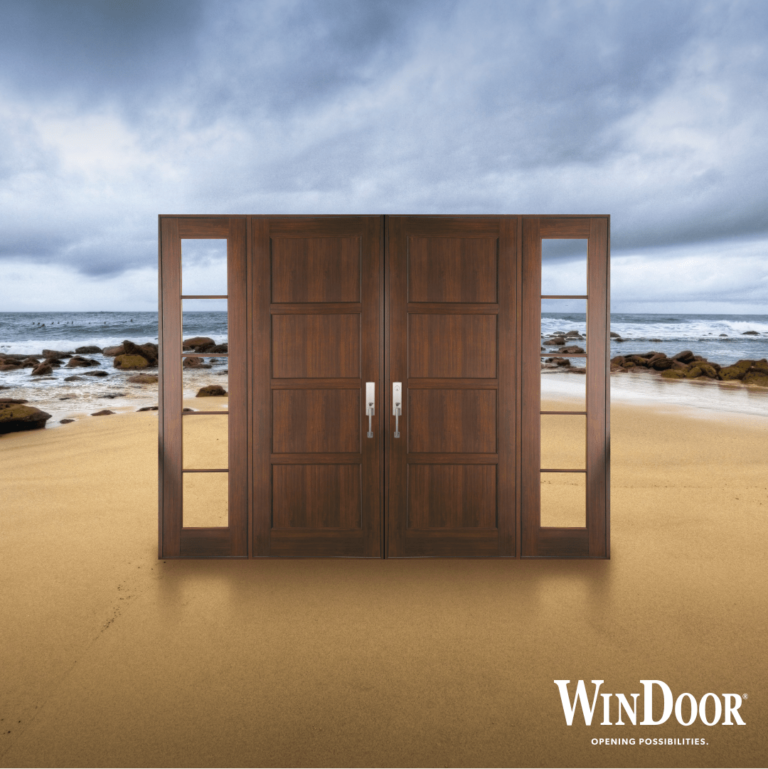With over 23 years of experience as a lighting designer, Christina Brown at Studio Lumina has been providing quality design and customer service to help clients increase their project potential through lighting design. Christina brings her interior design and architectural background to all projects, which is a positive lighting experience for her clients and solutions. Since 2007, Studio Lumina has provided full-service lighting design services to clients across the globe.
Residing in Austin, Texas, Christina continues to develop relationships with some of the most talented architects, the regionally admired firms of Mell Lawrence Architects and Furman + Keil in Austin, TX. In San Antonio, Studio Lumina has collaborated with Sprinkle & Co., Tobin Smith Architect, and the nationally recognized firms Lake/Flato Architects, Inc. and Ford Powell Carson. Having worked with Dallas firms HKS, Inc., Three, and RTKL, along with Roman and Williams in NYC, has made Studio Lumina capable of doing both small and extensive scale projects.
Get inspired with our project gallery
What is a lighting designer, and why would one be needed for a residential project? Why would an architect not work with an interior designer or landscaper for lighting?
Architectural Lighting Designers are in a specialized field of architectural design. Within our field, there are several points of focus (i.e., residential, hospitality, care facilities, government, and education). We all dabble in each subcategory but have a specialty. Architectural lighting designers create and develop technical lighting solutions that value creativity and aesthetics as much as the technical requirements.
For residential projects, we have the opportunity to collaborate with architects, electrical engineers, interior designers, general and electrical contractors, structural engineers, owners, landscape architects, artists, lighting manufacturers, and the list is endless. Residentially, I’ve found the clients that ask for a lighting designer value lighting and how it can transform a space if done correctly. They may also have an invaluable art collection that requires tailored and thoughtful lighting solutions. Typically a homeowner’s first experience happens when an architect or interior designer recommends a lighting designer. We are most confused with electrical engineers or theatrical lighting designers.
Related: Using Glass Products Innovatively
What inspires you about coastal/seaside living? How does this inspiration appear in your lighting design?
Coastal homes are designed for the views outside. This usually means oversized glass windows and doors that allow the homeowner to enjoy the scenery. The most common challenge with large glass facades is what we call the “fishbowl” effect. It occurs at night when the interior of the home is illuminated, but the exterior is not. It can feel as though everyone outside passing by can see inside of the residence. This can be remedied by lighting objects outside the window- giving the eye something to see past the window.
An example would be if you’re in a high rise apartment downtown at night looking outside at the city lights. Your view extends past the glass because of the smattering of lights surrounding you. Imagine if the city lights were suddenly turned off and the city went completely dark. Your views would stop at the glass, only allowing you to see the reflections of the lighting inside the room you’re standing in.
Now picture the reverse. Anyone standing on the street below could easily see you as you would be illuminated by the room’s interior lighting. The remedy for homeowners is simply to illuminate something on the exterior that allows your eyes to pass through the glass and reflections. In essences combining the interior and exterior space visually. This technique allows floor to ceiling views looking over the ocean or bay, while making it more pleasant for the home’s dwellers to be in an openly lit space with lots of glass at night.
Related: 3 Products that Make the Most of Waterfront Views
What styles or trends do you see happening right now with residential lighting design, both interior, and exterior?
When it comes to interiors, I’m seeing more decorative lighting with minimal to no architectural lighting, such as recessed downlights. Also, clients are using a lot of mixed metals and styles. An appreciation for the past extends to the interior of homes, so we are starting to use more vintage fixtures.
My philosophy is that the intention of any architectural lighting is its subtlety, it is meant to be in the background. When I first started 23 years ago, architectural lighting was more in the foreground and always visible and present. But with the introduction of LED, we can do more with smaller fixtures.
When it comes to exterior lighting, not a lot has changed. Festoon lighting is trending right now and, if not executed properly, can look overdone. There are ways to create a polished design with this type of lighting.
1. Use aircraft cable to secure the string lights, allowing them to be installed taut instead of in a swag pattern.
2. User a commercial grade festoon light string that allows socket spacing to be further apart. I specify sockets that are 3’-0” on center or a product like Viabizzuno’s catenaria di luce serpentine.
3. Instead of creating “x” shapes, install the festoon lighting in straight runs.
Related: 3 front door trends for 2020
What else would you like readers to know about lighting design?
All lighting designers are unique. We all have the same toolbox, but how we choose to implement the tools and which tools we use are unique to us. If you’re considering hiring a lighting designer, just like an architect or interior designer, do your research. Ask questions, and do not be afraid to show us examples of what you like or do not like.
More about Christina Brown:
With experience that spans lighting, architectural, graphic, and interior design, Christina Brown can paint a picture of the lighting design, allowing clients to see beyond the lighting plan to the experience. Tapping into this diverse background, Christina brings a fresh perspective to illuminating places and spaces and an ideal complement to a client’s project team. Christina’s work has been featured in the book, “The New Architecture of Wine” and in several publications of Texas Architect.

